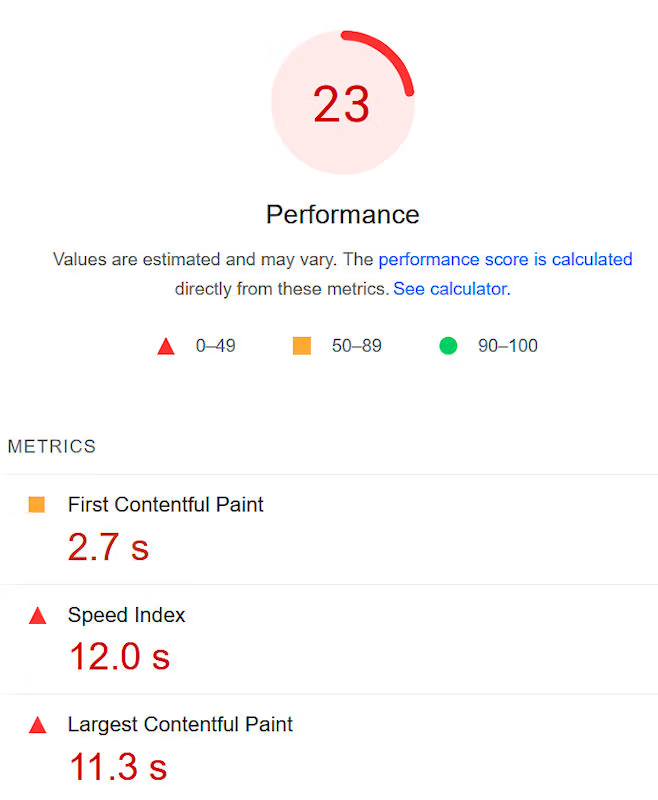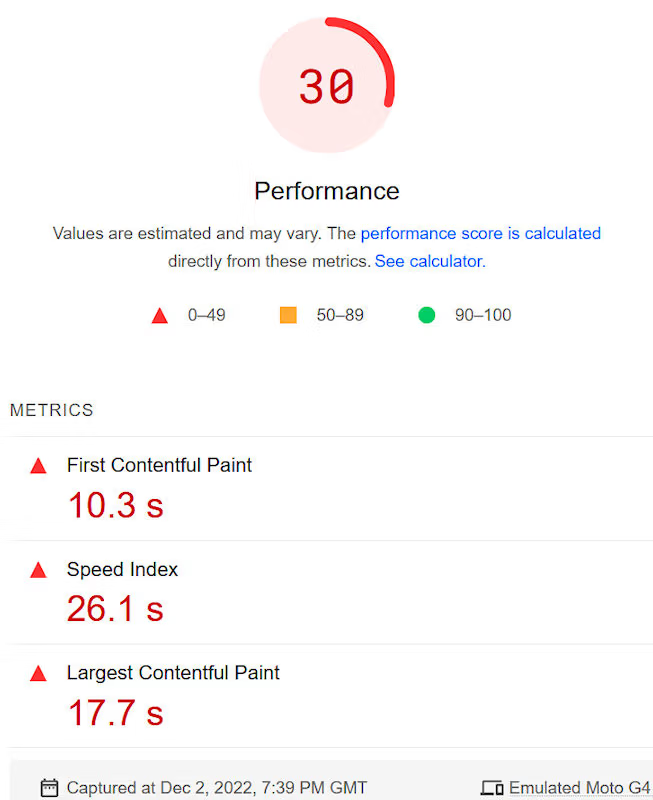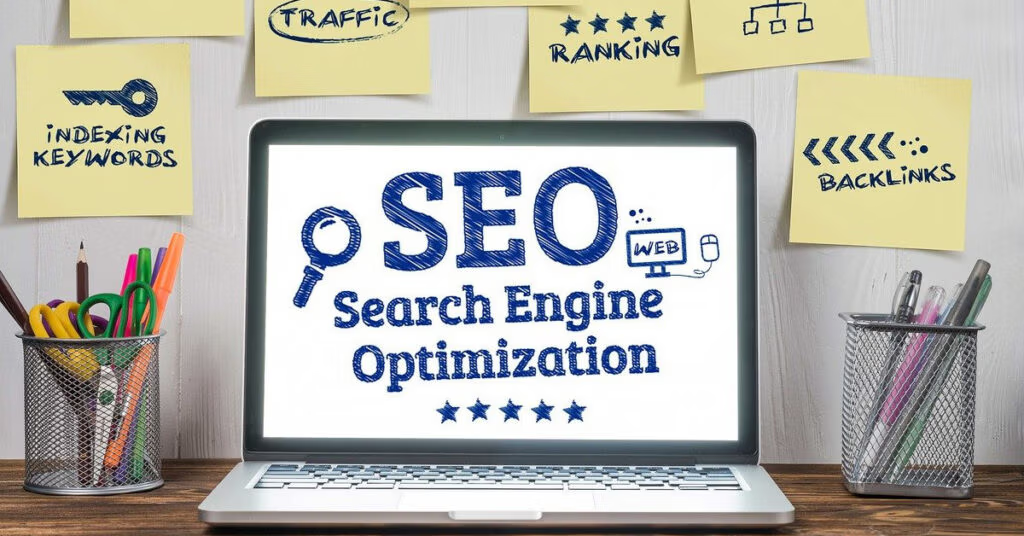Spaghetti code
Telling it how it is!
You see, in this world, there are two kinds of people, my friend: Those with loaded guns and those who dig. You dig.The Good, The Bad, and the Ugly.
Unfortunately, web design is more like 500 shades of grey than classic spaghetti westerns’ clean-cut black and white. Thinking in terms of the good, the bad and the ugly are more relatable but still subjective.
Web building blocks
A top agency isn’t changing you for top-notch programming as much as it’s charging you to feel good at its meetings, typically held in a spacious office with wall-high windows. They may do the best job in the world, but you are paying more for dazzle and corporate trapping than the result.
(I’ve seen a big agency openly bad-mouth smaller designers, spouting corporate BS about their professionalism and methodology and – under their spin, under the hood – they were churning out bog-standard WordPress sites just like everyone else, with errors. (Car RENALS, I ask you!) ![]() ) Fortunately most agencies are a lot more professional than this one!
) Fortunately most agencies are a lot more professional than this one!
A typical run-of-the-mill web designer isn’t changing you for top-notch programming, not if they deliver drag-and-drop design. Sure, it may look great, but there’s often a whole mess of spaghetti under the hood.
I’m not a fan of block editors, powerful as they are. For instance, and this is one of the better builders, and free, for agencies, Spectra boasts:
“Build 10x More Websites, Increase Your Client Base.
Spectra eases and speeds up your website-building process so you can save time building websites and deliver more projects in less time.”
Still not a fan, but it’s easy to see their appeal.
A one-man band doesn’t necessarily scream amateur. After all, bedroom coders gave you games like Tetris, Stardew Valley, the Wizardry series (e.g. Crusaders of the Dark Savant), and Minecraft, to name just four.
Allowing you generally get what you pay for, in this game, expensive doesn’t always mean good, budget-price doesn’t always mean bad, and spaghetti code doesn’t always…- OK, it does; spaghetti code is always ugly!
The cost of spaghetti?
*Does a quick search for ‘web designers Manchester’*
The first one dodged pricing and technicalities. If you have to ask, there are at least three zeroes in there!
The second was a list of developers in the area, with minimum project sizes in the $1,000 to $50,000+ range. Dollars, in Manchester!
The third was more typical. It tells you how you can choose between shared and virtual private hosting, depending on your website traffic and specific needs, which tells you nothing. Then it jumps to prices. It starts reasonably, with entry-level at £495;.
*scrolls down*
Hosting? That’s an extra. Need more content?
*scrolls down again*
Additional pages are billed at £100 each. All plus VAT, of course.

Untangling the cost
The code size is tiny relative to images, though the javascript can begin to add up. The cost here is the time it takes browsers to wade through the jumble of instructions to layout the page. Then the mass of elements to draw.
Until it starts to look like this to Google:


Ultimately, you want it to do the right job for the right price. But it’s no longer about who is the prettiest; what matters more is who is the fastest on the draw (well LCP).
Google aims for 0.5 seconds for their search page; that agency is 50x slower.
If a web designer or agency is so stuffed with junk that they are getting such terrible results on their site, it should make you wonder if they will do as poor a job on yours.
It comes down to this: if your page takes longer than 2 seconds to load on a mobile phone, people are far more likely to walk away. Nowadays, people don’t have the patience to wait for your site to load. Also, search engines like Google will downrate you too.
Fun fact: The average website loading time is 2.5 seconds on desktop and 8.6 seconds on mobile. This increases the bounce rate (people walking away) by over 100%.
WPBeginnner also pointed this out: Studies show that from 2000 to 2016, the average human attention span has dropped from 12 seconds to 7 seconds.
Research shows that most people make a first impression of a person within 7 seconds. So over 8 seconds is not a good look. Alas, web users are a lot quicker to judge. About 140 times faster, to be precise!
According to studies, for your website, you have 50 milliseconds to make a good first impression!
(That is 0.05 seconds, or about 6x faster than the blink of an eye (100 to 400ms).
(See also SWEOR: 27 Eye-Opening Website Statistics: Is Your Website Costing You Clients?)
Do feel free to see how we measure up: PageSpeed Insights: ackadia.co.uk



